The OG luxo-SUV gets updated, with options for a seven-seat configuration and full-electric drivetrain for the very first time.
“All animals are equal, but some animals are more equal than others,” goes the famous quote. It certainly applies to the automotive world too, especially when it comes to the Range Rover.
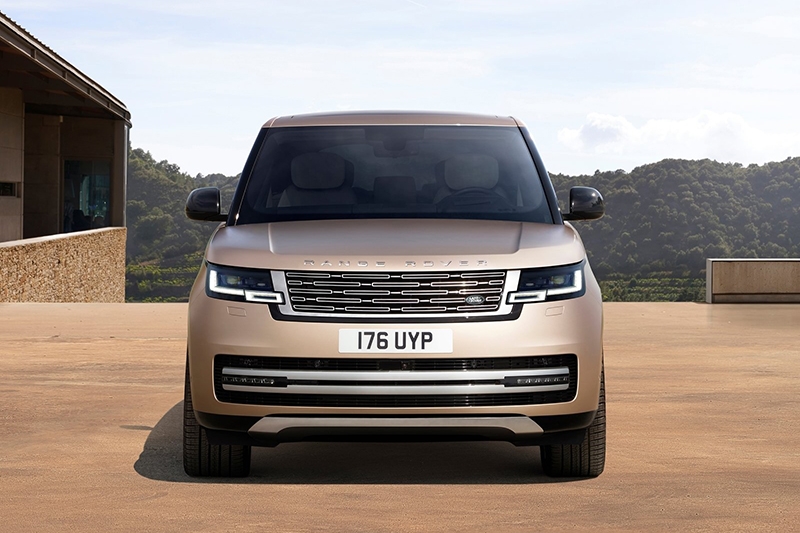
It’s the original luxury SUV, with the list of owners reading like a who’s who of Hollywood. Daniel Craig, Victoria Beckham, Kanye West… these are just some celebs that have chosen Range Rovers to pootle around in. Amidst all the luxury, this crowd is eventually going to get bored, thus JLR have now released a new one.
Smoother, Neater Styling

You’d be forgiven for thinking that we’ve uploaded a picture of the Range Rover from 10 years ago. From the front, it looks incredibly similar to the outgoing model, just tidied up a bit. At the rear though, it looks dramatically different – still with the same Range Rover silhouette, but with slim and dramatic hidden-until-lit taillights.
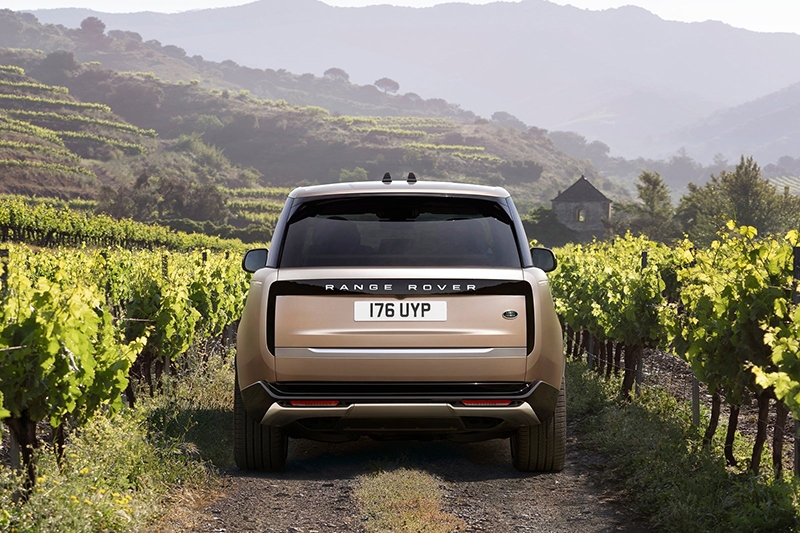
As you might’ve already guessed, most of the changes on this new Range Rover are inside and underneath. It’s built on a new, mostly aluminium MLA-Flex body architecture, and will for the first time offer a seven-seat configuration. Of course, the two extra seats will only available in long-wheelbase guise.
New Powertrain Options
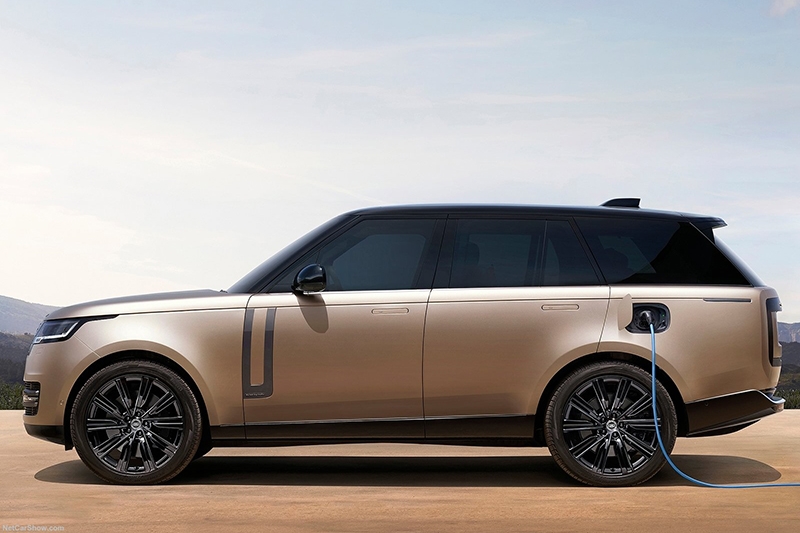
If the previous Range Rover was great, why fix what ain’t broke? Apart from keeping the aforementioned celebs excited, the Modular Longitudinal Architecture (the long name for MLA-Flex) can accommodate different powertrains. Yes, that means exactly what you’re thinking – there will now be a fully-electric Range Rover. Unfortunately, this will only arrive in 2024.
For now, you’ll have to make do with a plug-in hybrid (PHEV) that combines the 3.0-litre engine with a 105kW electric motor. In the most powerful P510e trim, this gives the car a combined 510 bhp and 700 Nm of torque. Pure electric range with the 38.0kWh battery is rated at a very usable 80 kilometres.
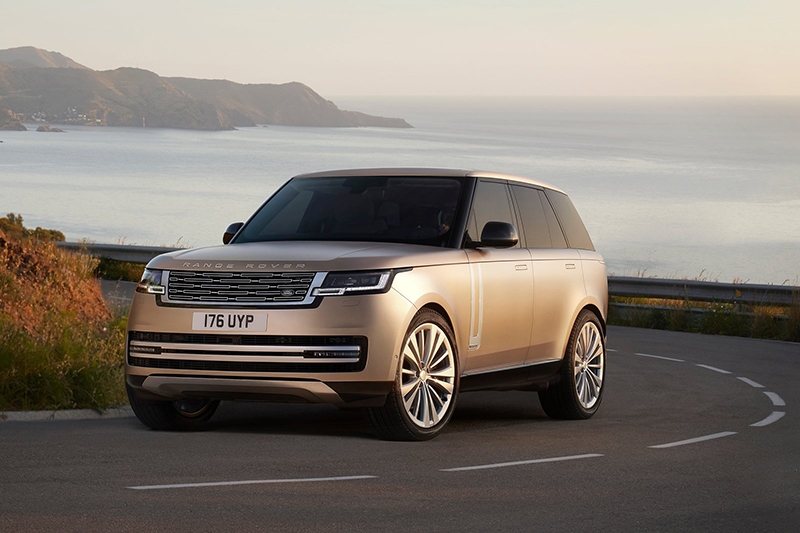
The other 3.0-litre engine options – both petrol and diesel – are also lightly electrified with mild-hybrid (MHEV) technology. Like other MHEV cars, it combines a starter generator and 48-volt lithium-ion battery for a low-speed boost. Power outputs for the MHEV models range from 249 bhp to 400 bhp.
Need uh, a bit more pace? There’s a new 4.4-litre twin-turbo V8 borrowed from BMW, which replaces the previous model’s 5.0-litre supercharged V8. That’s good for 530 bhp and 750 Nm, and a 4.6-second century sprint.
Refinement and Luxury
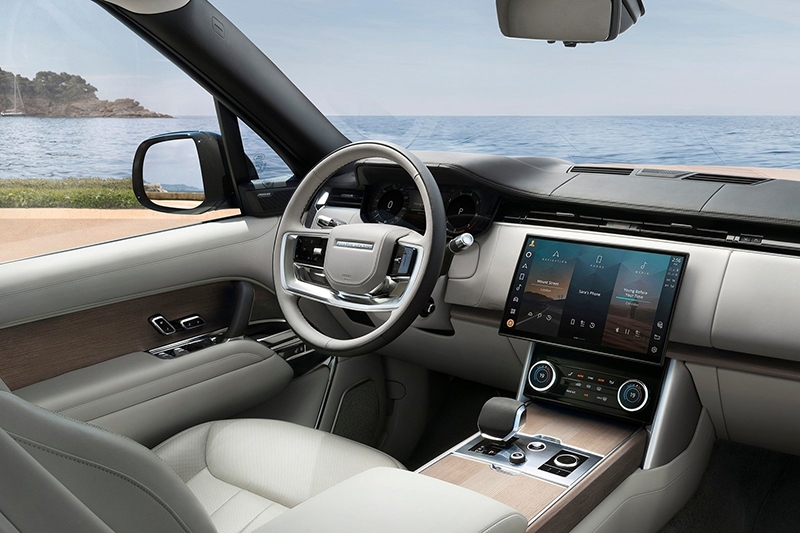
Inside, it still looks immediately recognisable as a Range Rover, but now with less buttons. Even more of the actual switchgear are now on-screen buttons, housed in the massive 13.1-inch touchscreen.
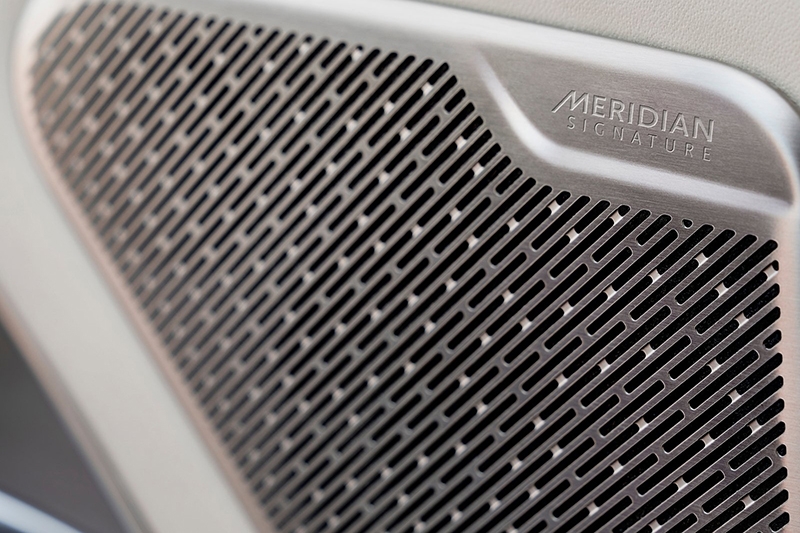
The new Range Rover might have one of the quietest interiors in the world, short of something with the Spirit of Ecstasy on the front. Much like how noise cancelling headphones work, the third-gen Active Noise Cancellation technology uses microphones on the outside and headrest speakers on the inside to create personal quiet zones for occupants. That creates an environment perfect to relax in, or to enjoy the 1,600-watt Meridian sound system.
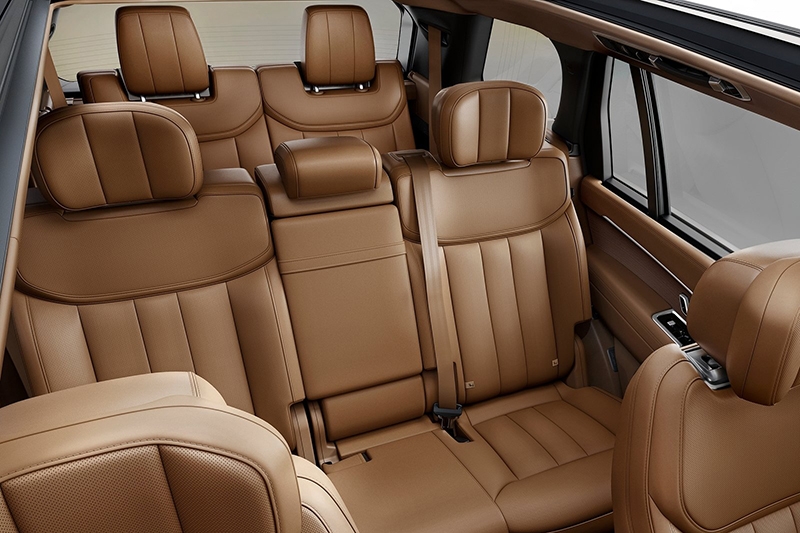
Occupants can also enjoy clean, fresh air in the cabin, thanks to the Cabin Air Purification Pro system. This combines dual-nanoe X technology with CO2 management and PM2.5 cabin air filtration to reduce odours, airborne viruses, and to enhance overall air quality.
Sustainability is key these days, and Range Rover buyers can do their part by speccing the Kvadrat leather-free upholstery. A wool blend fabric that has all the tactile qualities of leather, Kvadrat weighs 30% less and generates a quarter of the CO2 in production.
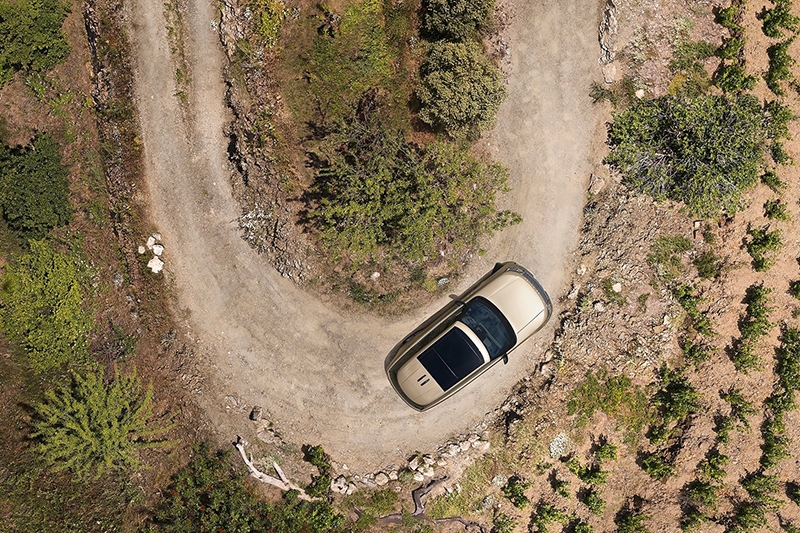
The new Range Rover is fancier than ever, and, with new electrified and fully-electric drivetrains, blends sustainability with modernity and luxury. We haven’t yet heard news on when it’ll arrive in Singapore, but once we do, we’ll be sure to let you know right here.
